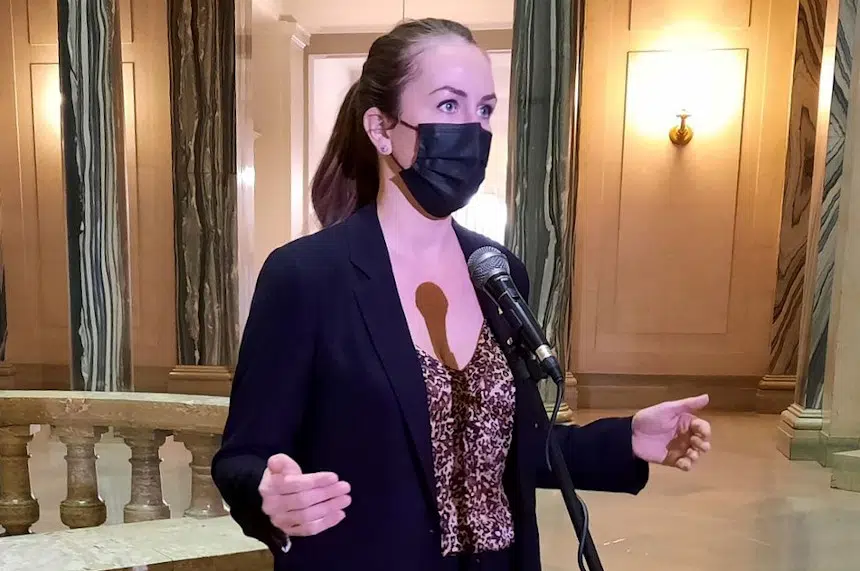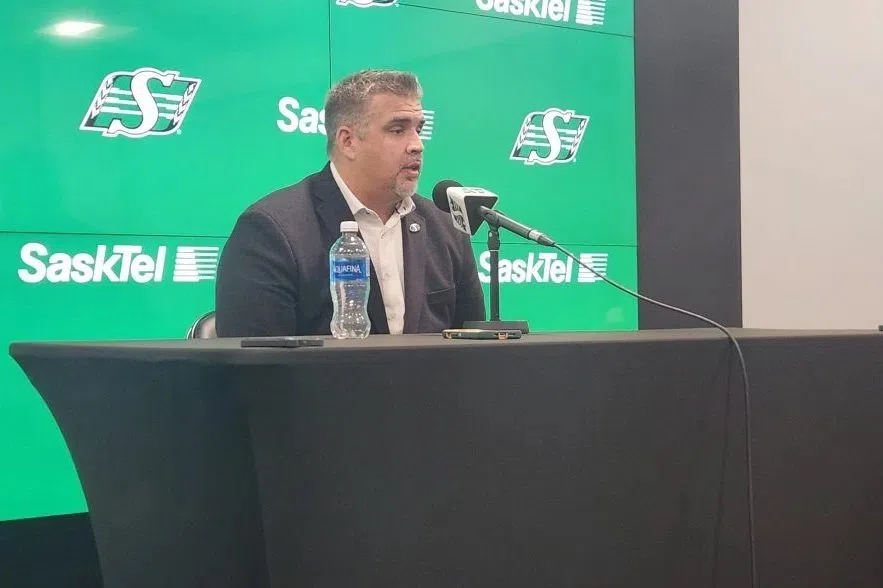This spring, drivers across Saskatchewan will be getting a boost to their bank accounts with the forthcoming SGI rebate.
But the NDP doesn’t think that’s enough.
Last week, SGI announced a $100 rebate would be going out for each vehicle someone had registered in the province as of the day before.
The rebate is being issued because the Rate Stabilization Reserve (RSR) was way above its minimum amount. It’s the same reason the larger rebate was issued last spring.
However, Aleana Young, the NDP’s critic for SGI, said if the RSR keeps getting so high, then SGI’s insurance rates should be lowered.
She said the reserve is there to protect the Auto Fund and the money belongs to Saskatchewan people, and when it’s overfunded, that money should go back to Saskatchewan people. Young said the cheques are good, but more needs to be done.
“As (the RSR) continues to sit well above its established minimum capital test, it’s a pretty common sense call to go forward with lower rates,” said Young.
The reserve’s minimum capital test is for there to be enough money in the reserve to cover the cost of 140 per cent of all vehicles registered in the province.
Young said she’s not calling on the reserve to drop below that minimum.
“I don’t understand why any government who has the ability — the money is there — to give drivers a break when inflation is at a 30-year high is more intent on keeping that money in a Crown corporation as opposed to lowering rates and making things more affordable for drivers,” said Young.
As of the end of the 2020-21 fiscal year, the reserve was up to $1.375 billion and a minimum capital test of 190 per cent, according to the rate review panel’s decision last October. That’s why the rebates were released last spring.
Even after that first rebate was sent out, the RSR was at $1.09 billion and an MCT of 168 per cent.
“Due to the current buildup of the MCT over and above (Saskatchewan Auto Fund’s) current capital management build and release provisions, the Panel suggests that the Minister may wish to consider additional measures to reduce this buildup to bring it closer to the approved minimum capital management policy of 140%,” read the decision.
Don Morgan, the minister responsible for SGI, said the point of the RSR is to maintain the ability to respond to claims as they come in and to protect against those things that happen that catch everyone off guard.
“During the pandemic, nobody drove very much so our claims rates were very low, and we also had very good performance from the fund in the markets so there was a surplus accumulated,” said Morgan.
Morgan pointed to the markets as the reason why the RSR was getting so high. He said there have been market fluctuations, like in early January when the reserve was down $100 million, but now it’s back.
So Morgan didn’t seem interested in lowering rates right now.
“The last thing we want to do is have the fund go down enough that we would want to increase rates,” he said. “We want to have stable rates, and an increase because the fund wasn’t well-managed is something we don’t want to have.”
Morgan said the government is adopting a cautious approach, pointing to some things that haven’t been factored in yet. He said more people are starting to drive again so that could mean more crashes to cover, and it’s already been a bad year for icy roads and related crashes and many of those claims haven’t been factored in yet.
“We don’t know whether it’s going to be a big factor,” said Morgan.
Young was also skeptical of SGI using an out-of-province company to print the rebate cheques, saying there are companies in Saskatchewan that could do the work and it would give work to good, Saskatchewan jobs.
Morgan said he doesn’t know if there is anyone in the province that would be able to do that many cheques in short order, and SGI recommended printing with the company that was already the printer of record for the Crown.







